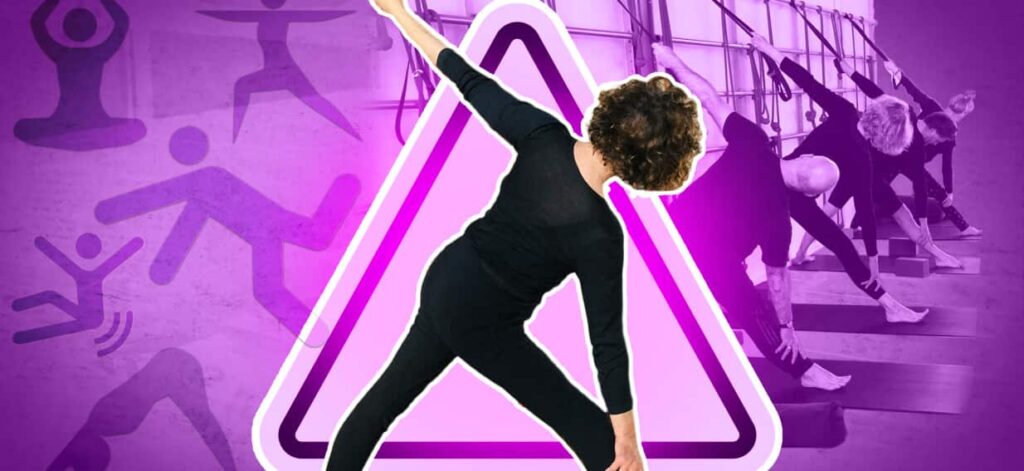
A recent study conducted by researchers at The University of Sydney revealed unexpected findings regarding the impact of Iyengar yoga on fall prevention in older adults. The study involved 700 participants aged over 60, aiming to assess whether yoga could effectively reduce the incidence of falls among seniors.
Margaret Kirkwood, an 83-year-old Sydney resident, serves as a poignant example of resilience following a significant accident. After breaking her hip in a fall at home, she attributed her swift recovery to 25 years of practicing Iyengar yoga, which emphasizes proper alignment and uses props. Kirkwood was able to stand the day after her surgery and walk with a crutch within two weeks. “If I weren’t strong, I would have had a really bad fall,” she noted.
Despite such positive anecdotes, the study’s outcomes were unexpected. Participants who engaged in Iyengar yoga reported a staggering 33 percent higher rate of falls compared to those who participated in seated breathing and stretching exercises. Specifically, the yoga group experienced 276 falls, while the non-yoga group reported 164 falls. Remarkably, the rate of injuries resulting from these falls was only slightly higher in the yoga group, with 15 percent suffering injuries compared to 13 percent in the control group.
Lead researcher and professor of physical activity and health, Anne Tiedemann, expressed her surprise at the results, stating, “We have a lot of evidence that exercise, challenges, and balance can prevent falls.” Tiedemann explained that while yoga improved balance confidence and mobility, it may have inadvertently led participants to move more freely, resulting in more falls.
The study faced challenges due to the COVID-19 pandemic, which necessitated a shift from in-person to online classes. Tiedemann acknowledged that this transition might have impacted the effectiveness of the program. “People might not have pushed themselves as far as they would if they had an instructor in the room,” she said.
Yoga instructor Jean Leow, who teaches Iyengar yoga to seniors in Sydney, emphasized the importance of tailoring classes to individual needs. “The amount of customization we as teachers have to be accountable for is crucial,” she stated.
Another yoga instructor, Sue-ellen Kohler, voiced concerns regarding the online format, arguing that in-person instruction allows for better assessment of participants’ physical capabilities. “The teacher needs to actually look at how the body is working,” she explained.
Leow also highlighted that the essence of yoga goes beyond fall prevention; it equips seniors with skills to manage falls should they occur. “The aim is to help the older person understand what to do when they do fall, and how to correct themselves,” she noted.
The importance of fall prevention is underscored by alarming statistics from the Falls, Balance and Injury Research Centre at Neuroscience Research Australia, which reports that 14 Australians aged 65 and over die from falls each day. Additionally, approximately 364 older Australians are hospitalized daily due to fall-related injuries.
In June, the Australian Commission on Safety and Quality in Health Care updated its guidelines on fall prevention, recommending two to three hours of exercise weekly for older adults, focusing on balance, mobility, and strength. Tiedemann suggests that while Iyengar yoga offers various benefits, it may not be the best choice for those specifically seeking to prevent falls. She advocates for activities such as Tai Chi and functional balance training as more effective alternatives.
Despite the study’s findings, participants like Kirkwood remain dedicated to their yoga practice, believing it plays a vital role in their health. “I wouldn’t be like this without Iyengar. I’ve got a really good teacher,” she affirmed.
As the conversation around fall prevention continues, the study serves as a reminder of the complexities surrounding exercise and health in older populations. The quest for effective fall prevention strategies will remain a priority as researchers and practitioners navigate the balance between promoting activity and ensuring safety.






